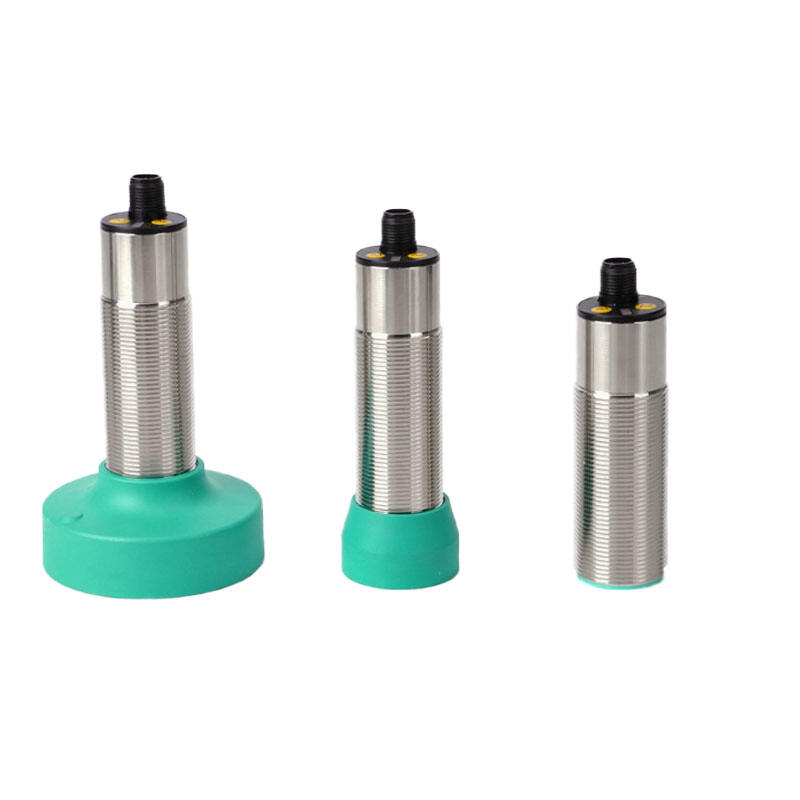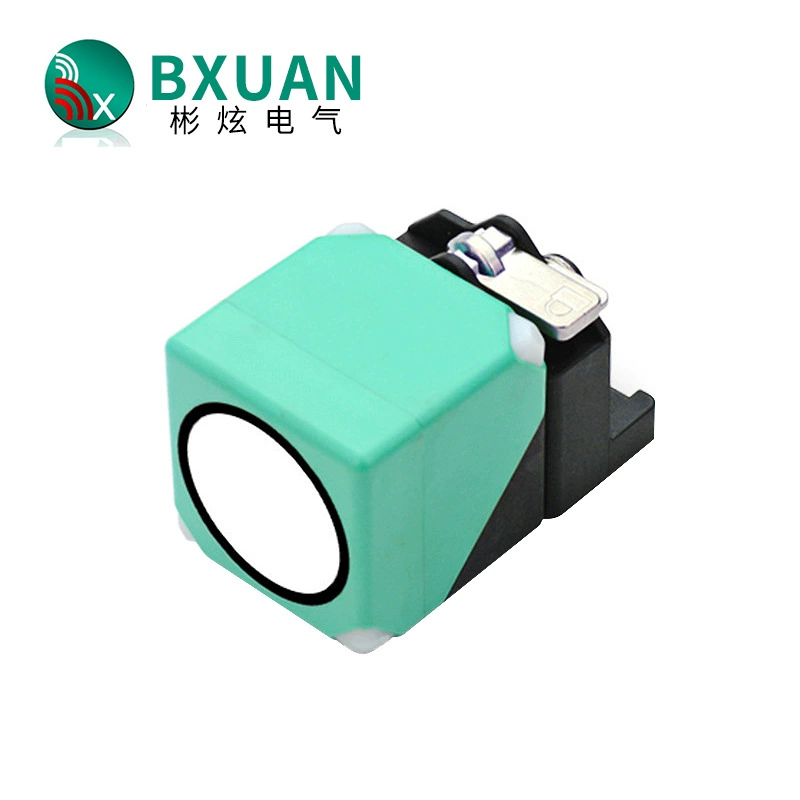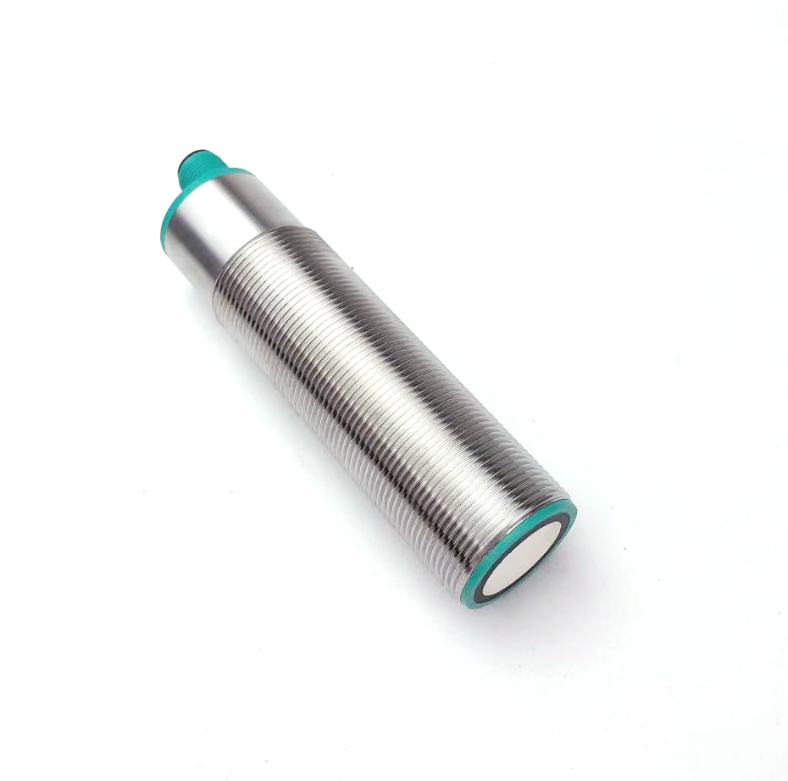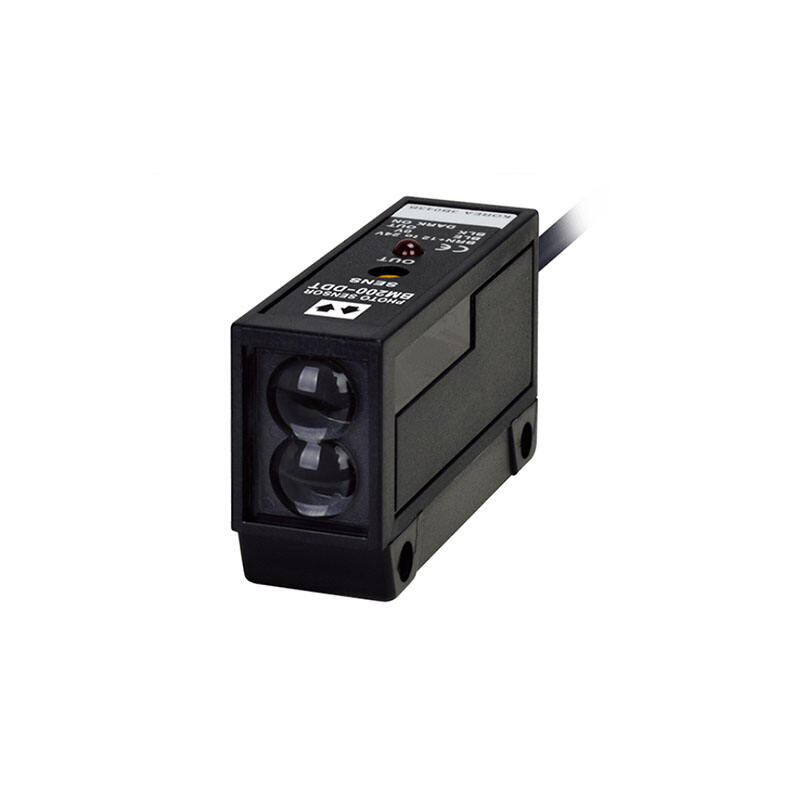inductance sensor
An inductance sensor is a sophisticated electronic device that operates on the principle of electromagnetic induction to detect and measure the presence, position, or properties of metallic objects. These sensors generate a high-frequency electromagnetic field that interacts with conductive targets, causing changes in the field's characteristics when metal objects enter the sensing zone. The sensor's core components include an oscillator, a coil system, and signal processing electronics that work in harmony to provide precise measurements. The technology leverages Faraday's law of induction, where changes in the magnetic field induce eddy currents in nearby metallic objects, which in turn affect the sensor's oscillator circuit. This non-contact measurement capability makes inductance sensors particularly valuable in industrial automation, quality control, and positioning applications. The sensors offer exceptional reliability in harsh environments, maintaining accuracy despite exposure to dust, oil, or electromagnetic interference. Their fast response times, typically in microseconds, enable real-time monitoring and control in high-speed manufacturing processes. Modern inductance sensors often incorporate advanced features such as temperature compensation, adjustable sensitivity, and digital output options, making them versatile tools for various industrial applications.










